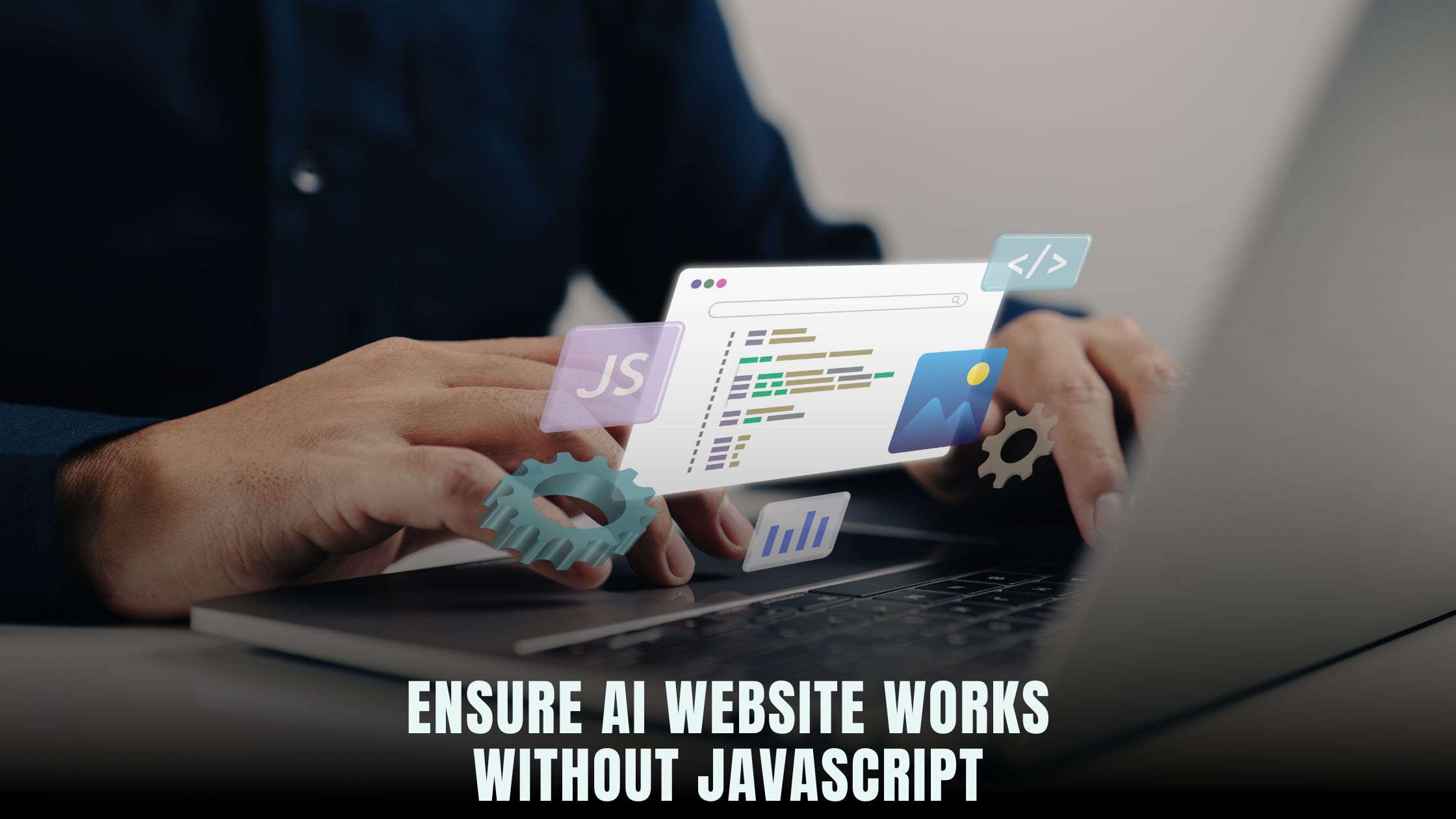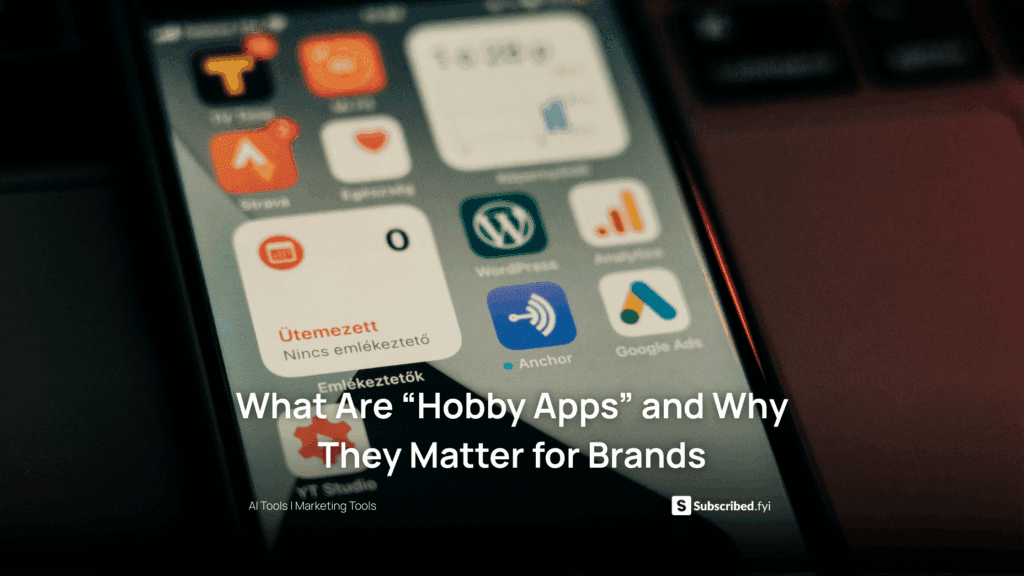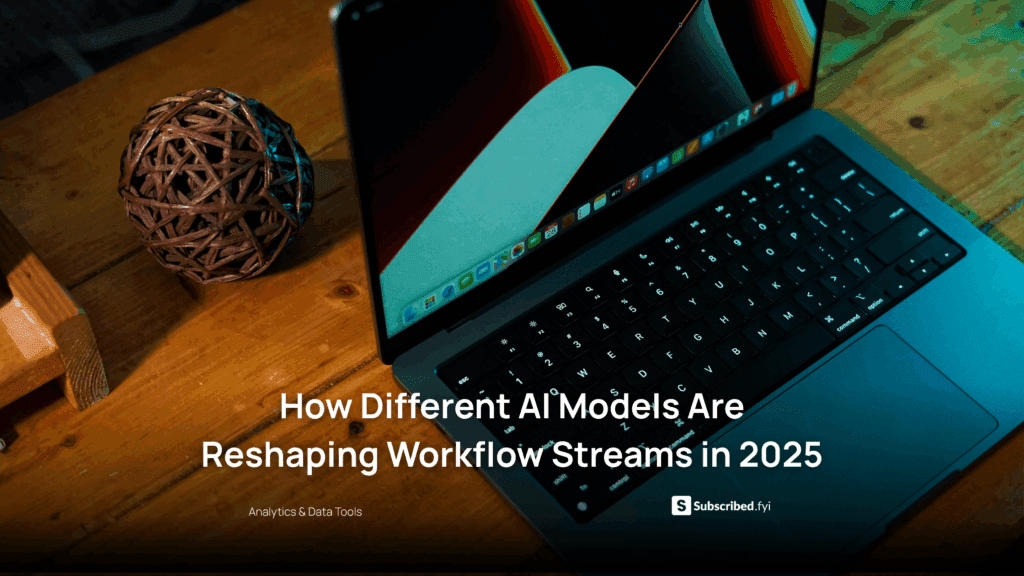How to Ensure Your AI Website Works Without JavaScript?
- WebOps Platforms Bug Tracking & Feedback Software Web Development & Design Website Builder


Building a website with AI-powered no-code tools accelerates development, but what happens if a user’s browser disables JavaScript? Ensuring your site still functions—even with JS off—is crucial for accessibility, SEO, and reliability. With platforms like Hostinger Horizons, you can generate semantic HTML and robust CSS-first designs that gracefully degrade when JavaScript is unavailable. To compare other no-code options, explore the Vibe Coding directory where you’ll find builders optimized for progressive enhancement and offline support.
Progressive enhancement focuses on content and functionality first, then layers on JavaScript features. This approach contrasts with JavaScript-heavy “single page apps” that may break entirely if scripts fail. By emphasizing core HTML structure and CSS styling before AI-generated interactivity, you cater to visitors on older devices, text-only browsers, or those using browser extensions that block scripts. Many platforms on the AI-powered website builders list tout zero-code interactivity, but only a few bake in non-JS support. Hostinger Horizons stands out by automatically creating accessible markup and providing AI prompts like “create no-JS fallback for my menu” so you can preview and refine without touching code.
Defining Progressive Enhancement
Progressive enhancement means building a solid HTML foundation, then adding CSS for design, and finally JavaScript for advanced features. That way, if JavaScript fails or is turned off, users still see content and basic navigation.
Importance for Accessibility and SEO
Users with screen readers, text-only browsers, or slow connections often disable scripts. Search engines like Google index content from HTML before running JS, so a fully accessible HTML structure boosts your SEO. AI-driven builders such as Lovable AI can help generate human-friendly HTML that search crawlers and assistive technologies easily parse.
Comparison with Graceful Degradation
Graceful degradation starts with a full-featured JS app and then adds fallbacks. Progressive enhancement starts with fallbacks, then enhances. No-code tools like Bolt and Tempo support both methods, but progressive enhancement ensures core functionality always works.
Structuring Semantic HTML
Proper HTML tags convey meaning and structure. Use <header>, <nav>, <main>, <footer>, <article>, and <section> to outline your page.
Creating a Solid Content Backbone
Hostinger Horizons generates semantic HTML by default. You can prompt “generate HTML outline with header, nav, main, footer” and review the markup in the sandbox. Semantic tags improve accessibility by helping screen readers and support no-JS navigation when JS-based menus fail.
Ensuring Proper Link and Button Usage
Use anchor tags <a> for links and <button> for actions. Avoid click handlers on non-interactive elements like <div>. If JavaScript is disabled, <a href> still navigates. AI prompts like “convert all click handlers on divs to buttons or links” ensure fallback navigation.
Styling with CSS-First Designs
CSS-first design ensures layouts work even without JS-driven style injection or dynamic class updates.
Building Responsive Layouts
Use CSS Flexbox and Grid for flexible layouts that adjust to screen sizes. Hostinger Horizons supports CSS utility classes and can inject style sheets with prompts like “apply mobile-first grid layout for homepage.” Without JS, the CSS ensures your grid remains intact.
Handling Dynamic Content with CSS Only
Techniques like :hover, :focus, and :target selectors allow interactive behaviors—drop-downs, tabs, accordions—without JS. An AI chat command “create FAQ accordion using CSS :target” can generate the markup and CSS needed for toggling sections when JS is off.
Implementing JavaScript Fallbacks
Even well-built sites need to manage JS features gracefully.
Detecting No-JS Environments
Add a <noscript> tag within <head> to display a message—“JavaScript is disabled; some features may not work.” Use it to provide links to fallback pages:
Hostinger Horizons can auto-generate this snippet when you prompt “add noscript fallback notice.”
Fallback Forms and Actions
Forms that rely on JS validation may break. Use HTML5 validation attributes (required, pattern) for basic checks. Let Horizon “enable HTML5 validation on all forms” to ensure users can still submit data.
Building a Text‑Only Version
For critical content, create a separate text-only version or AMP-like page.
Automating Text‑Only Page Generation
Hostinger Horizons can clone your site structure and strip non-essential media via “generate text-only version” command, creating a parallel site with simplified styling. Link to it in your <noscript> notice.
Providing Downloadable Resources
Offer content as PDFs or plain text downloads for users who can’t access interactive pages. Execute “generate sitemap links for PDF downloads” to automate linking.
Testing Without JavaScript
Thorough testing ensures reliable fallback behavior.
Disabling JS in Browsers
Test your site by turning off JS in Chrome DevTools or using text-only browsers like Lynx. Walk through navigation to confirm all links and forms function.
Automated No‑JS Testing Tools
Use tools like Pa11y or Google Lighthouse’s “Disable JavaScript” setting. Horizon can integrate with Lighthouse via “run accessibility and no-JS functionality audit” to generate actionable reports.
Monitoring Live No‑JS Performance
Monitor how your site performs for users with JS disabled.
Analytics for No‑JS Users
Segment analytics by navigator.javaEnabled() or use an onsubmit JS hook to tag sessions. In Hostinger Horizons, prompt “track no-JS visitors in Google Analytics” to create a custom dimension.
Error Tracking Without Scripts
Server‑side logging of broken requests—404s, 405s—can indicate missing fallbacks. Configure Horizon to “log server errors and broken links” into your dashboard for review.
Content Management and Updates
Maintain your progressive enhancement structure as content evolves.
Automated Content Sync
When AI updates content, ensure HTML-first templates get updated. Horizon’s AI chat “sync content changes to no-JS templates” keeps both versions aligned.
Version Control for No‑Code
Version histories that capture both JS and fallback views let you revert if a fallback breaks. Hostinger Horizons snapshots include both rendered and no-JS states, letting you “preview no-JS version of snapshot July 15” before restoring.
User Experience Considerations
Designing for no-JS users can highlight improvements for all visitors.
Accessible Navigation Patterns
Offer skip links (<a href="#main">Skip to content</a>) for screen readers and keyboard users. Horizon auto-includes skip links when asked “insert skip-to-content link in header.”
Optimizing Load Times
Without JS, your page load speed relies on optimized HTML and CSS. Hostinger Horizons minifies CSS and defers fonts—prompt “optimize for no-JS load speed”—to enhance performance for all users.
Training Teams on No‑JS Best Practices
Educate stakeholders on the importance of progressive enhancement.
Creating Guidelines and Checklists
Develop a style guide: use semantic tags, validate HTML, test under no-JS. Hostinger Horizons can generate a markdown checklist by asking “create no-JS best-practices guide.”
Workshops with AI Tools
Use AI chat to train non-technical team members: “explain how to add CSS-only accordion” generates easy-to-follow instructions, ensuring consistent implementations.
Benefits of AI‑Powered No‑JS Development
AI tools can speed up fallback creation and testing.
AI‑Generated Semantic Markup
Platforms like Cursor and Windsurf enhance HTML structure. Hostinger Horizons uses AI to auto-generate fallback code, cutting weeks off manual development.
Automated Testing and Audits
Horizon integrates automated audits for accessibility and no-JS functionality. You can schedule daily checks with “run no-JS audit every morning” to detect regressions quickly.
Embracing a Future‑Ready Approach
As browsers evolve and restrictions on JavaScript vary, a resilient site structure ensures consistent access. Progressive enhancement and careful fallback planning make your AI-built site robust and accessible.
Why Hostinger Horizons Excels for No‑JS Sites
Hostinger Horizons simplifies progressive enhancement by generating semantic HTML, CSS-first designs, and built-in no-JS fallbacks via its AI chat interface. You get automatic <noscript> notices, form validation, staging previews, and integrated testing tools—all without writing a line of code. With AI-driven content sync, snapshot version control, and expert 24/7 support, Horizons empowers you to build, test, and deploy no-JS-ready sites faster than ever.
Preparing to Launch a Resilient AI Site
Ensuring your AI-built website works without JavaScript combines thoughtful design, semantic structure, and fallback strategies. By following these guidelines—structuring HTML, styling with CSS, adding fallbacks, testing rigorously, and leveraging AI tools—you create a resilient user experience that honors accessibility and performance. With Hostinger Horizons, you gain an all-in-one platform to implement, preview, and maintain no-JS compatibility effortlessly, giving every visitor reliable access whether scripts are on or off.





